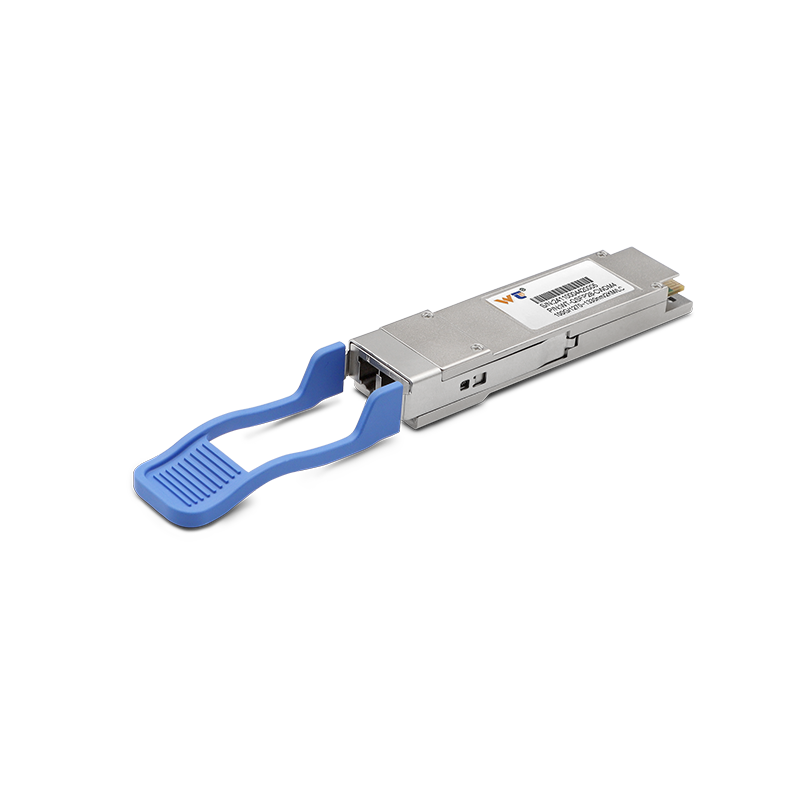Optical signal modulation technology is a cornerstone in modern communication systems, catering to the exponential growth of data transfer requirements. This technology fundamentally alters the properties of light waves to encode information, allowing for efficient transmission over fiber-optic networks. At its essence, modulation involves altering the amplitude, frequency, or phase of a light wave to represent information accurately. As digital communications burgeon, understanding this technology becomes imperative for anyone working in the field, from engineers to technologists.
The major types of optical modulation include Amplitude Shift Keying (ASK), Frequency Shift Keying (FSK), and Phase Shift Keying (PSK). Each method serves a unique purpose based on the nature of the application. ASK varies the amplitude of the light signal; it’s straightforward but susceptible to noise. In contrast, FSK modifies the frequency, which can provide better resilience against interference. PSK, known for its efficiency, alters the phase of the light wave, offering a greater data-carrying capacity. Advanced techniques such as Quadrature Amplitude Modulation (QAM) combine these methods, resulting in sophisticated modulation schemes that enable higher data rates.
Understanding how these modulation techniques function at a fundamental level is crucial. Optical modulation works by using a modulator, which can be an electro-optic modulator or a semiconductor device. It converts electrical signals into varying optical signals. For instance, in PSK, the modulator changes the phase of the light wave at specific time intervals, corresponding to binary data input. This transformation is achieved through Pockels effect or Acousto-optic effect, allowing for real-time adjustments of the light properties. Such precise control is essential in ensuring the integrity and fidelity of the transmitted signals over long distances.
The practical applications of optical signal modulation are vast, spanning various fields. Telecommunications utilize these strategies for long-distance communication, ensuring data is transferred accurately and efficiently. Additionally, data centers leverage advanced modulation formats to maximize bandwidth within their networks. Industries like medicine and defense employ optical modulation for precise imaging systems and secure communications. The growing demands of the Internet of Things (IoT) also hinge on robust modulation technologies, highlighting their relevance in future advancements.
Looking ahead, the development trends in optical signal modulation technology indicate a shift towards higher-speed modulations and greater efficiency. Researchers are focusing on increasing the complexity of modulation formats while maintaining simplicity in transmission systems. The push for terahertz systems and coherent detection methods is paving the way for incredible advancements. Additionally, as machine learning and artificial intelligence get integrated with network systems, they will drastically enhance the ability to predict and optimize signal modulation. This journey towards innovation is not only motivated by the demand for speed but also for energy efficiency in communication systems.
To ensure reliable performance in various applications, adherence to established technical standards is essential. Organizations such as the Institute of Electrical and Electronics Engineers (IEEE) and International Telecommunication Union (ITU) provide frameworks that govern modulation techniques, ensuring consistency and interoperability among devices and networks. These standards address areas such as modulation formats, performance metrics, and interoperability requirements. Staying compliant with these standards not only guarantees the quality and reliability of transmission but also fosters innovation in optical signal modulation technology, setting a clear pathway towards future developments.






